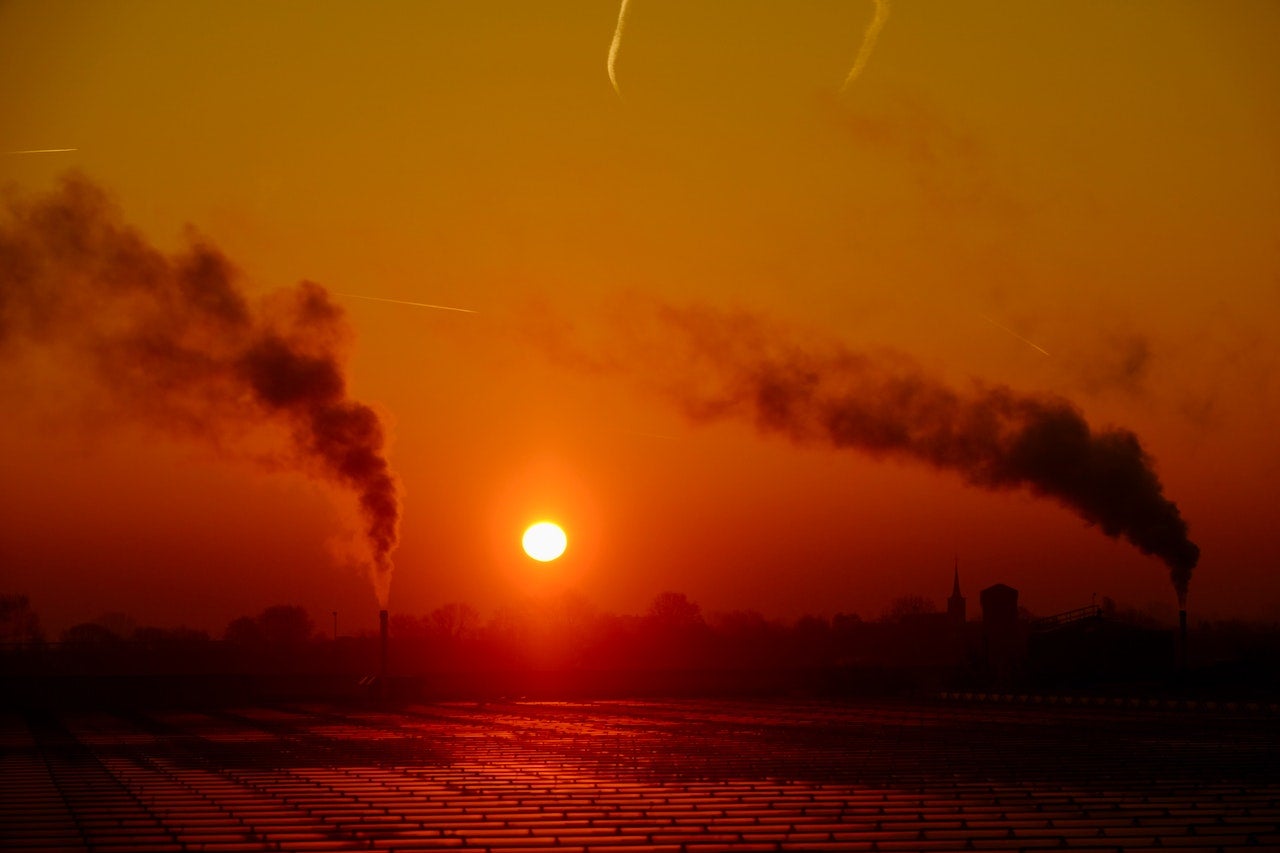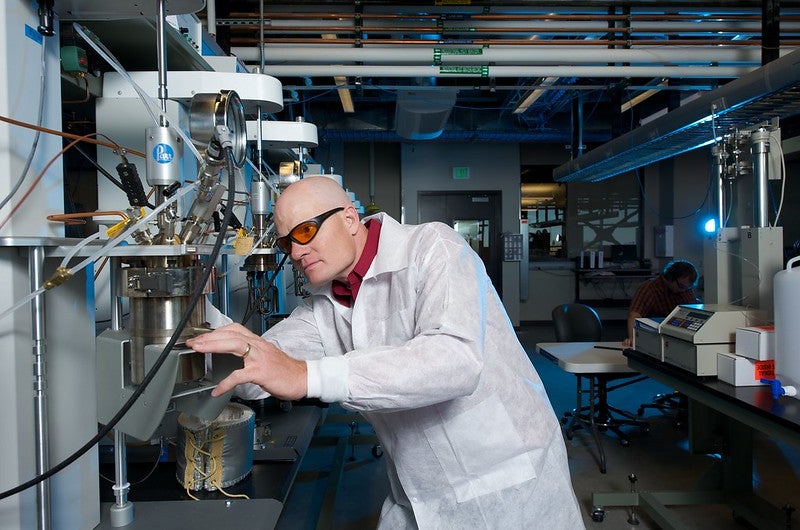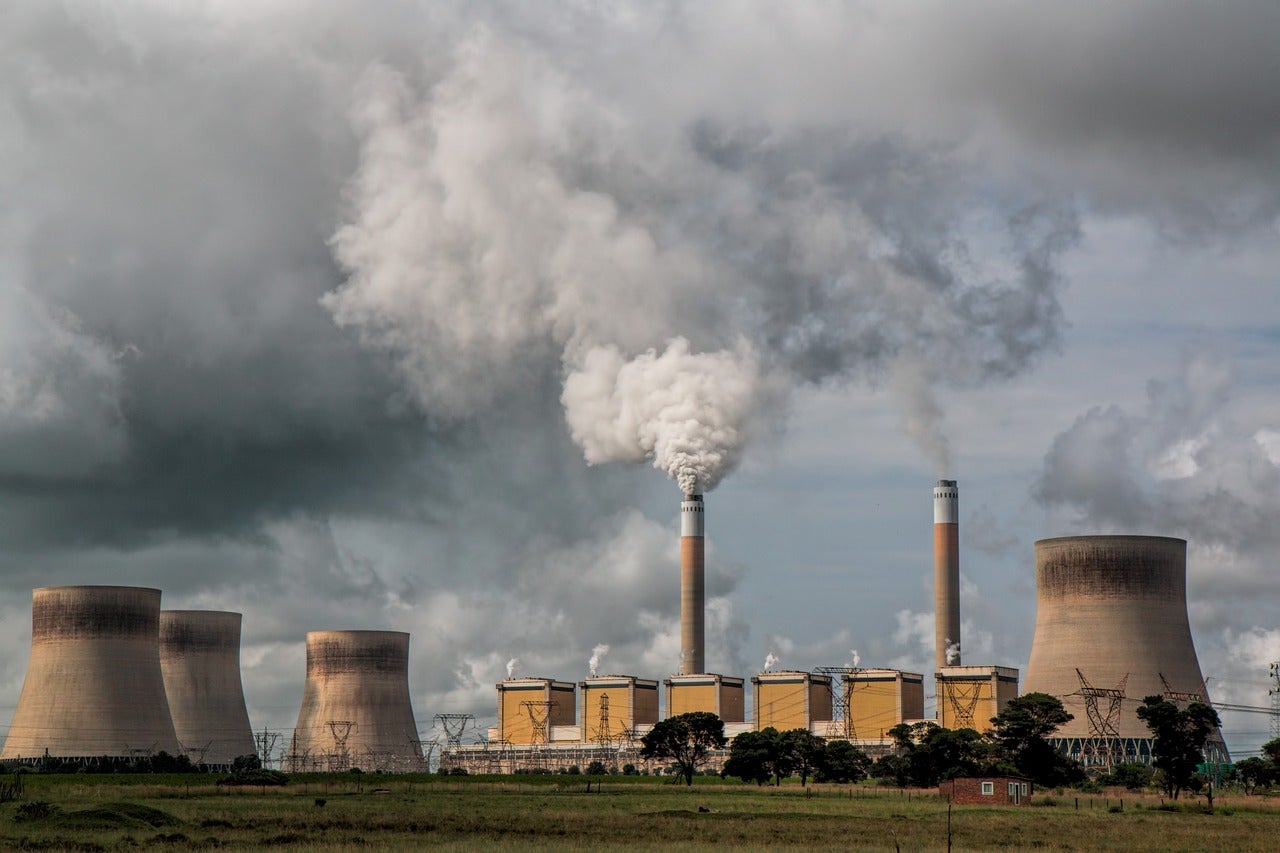Study finds 20,000 homes and 53,000 people in predominantly suburban areas of PA, OH, WV, MI, NY, and CA live within a city block of active underground natural gas storage wells
Download as PDF | Read Fact Sheet
BOSTON, Mass. – A new study published in the Journal of Environmental Health today found that around 65% of active natural gas storage (UGS) wells in the United States are located in suburban residential areas—not more sparsely populated commercial, industrial, or even rural areas like many new unconventional wells. The study by the Center for Climate, Health, and the Global Environment at the Harvard T.H. Chan School of Public Health (Harvard C-CHANGE) helps provide a more precise understanding of the populations at risk to UGS infrastructure and the potential health and safety impacts in the event of a well failure similar to the 2015 Aliso Canyon blowout event. It is the first time, outside of California, researchers looked at how many people live near similar wells.
“As the U.S. transitions more toward natural gas to meet energy needs, it is critical that we fully understand the potential health, climate and safety implications along the entire natural gas supply chain,” said Drew Michanowicz, DrPH, CPH, lead author and Research Fellow at Harvard C-CHANGE. “This work should help inform ongoing discussions around impacts and societal costs related to both current and future energy decisions.”
Gas storage systems pose a higher health risk when located near people due to the larger number of people that could be exposed to hazardous air pollutants or an explosion hazard. The natural gas leak at the Aliso Canyon well failure in October 2015 was the largest single accidental release of methane in U.S. history and led to the evacuation of thousands of residents within a five-mile radius. High-pressure storage of natural gas is highly flammable and can potentially expose residents to explosion hazards, and toxic compounds like benzene and formaldehyde. Long-term exposure to natural gas operations has been associated with respiratory illness, cancer, and fertility issues in women.
Methane emissions from natural gas also contributes significantly to the climate crisis. The Intergovernmental Panel on Climate Change (IPCC) estimates that we have a decade to cut emissions in half to avoid catastrophic climate change, yet natural gas production in the U.S. grew 11 percent in 2017—the largest annual increase in production ever recorded.
“From a public health perspective, this new spatial method lets us determine precisely how close people live from a potentially hazardous pollution source or other hazard” said Jonathan Buonocore, Sc.D., co-author on this study and Research Associate at Harvard C-CHANGE. “We can now provide much more accurate estimates of populations at greatest risks to discrete environmental hazards like noise and air pollution, sea level rise, and explosion hazards, among others.”
Two-thirds of gas storage wells across the U.S. are currently doing a job they were not designed to do, which is withstand cycles of high-pressure gas injections and withdrawals—many through a single pipe without backup safety valves to prevent blowouts (i.e., ‘Aliso Canyon-type’ wells). The new method created by researchers to identify populations at an individual household scale uncovered hyperlocal land use conflicts between homes and UGS wells in many of these areas—something previous studies were not able to do.
Previous population proximity studies generally relied only on census data to estimate potential populations at risk. New estimates by researchers uncovered nearly 10,000 more people living within 650 feet—the distance of a city block—of a well compared to common Census-only population allocation methods. The new method combines census block data, addresses, building footprints from satellite data, and land use data (called ABODE—Allocation By Occupied Domicile Estimate) to use a more accurate representation of homes and individuals near UGS wells.
The ABODE method allows researchers to identify the exact location of houses in proximity to the wells and to examine the public health effects of living near these potentially hazardous pollution sources. This study focused on wells with homes within 650 feet. When the Aliso Canyon well blew in 2015, the nearest home was a mile away (6,205 feet). With this new method that captures physical households near wells, more accurate estimates of populations at risk can also be made.
The study examined the locations of 9,384 UGS wells in PA, OH, WV, MI, NY, and CA and the explicit proximity of homes and residents nearby. Of the six states examined:
- Ohio exhibited the most concerning proximity between UGS wells and nearby homes. More than 50% of UGS wells in OH have at least one home within 650 feet and over 12,000 homes and over 30,000 residents are within 650 feet.
- The largest underestimation occurred in Pennsylvania, where ABODE found nearly 50% higher populations living within 650 feet of an active UGS well.
- In West Virginia, over half of the natural gas facilities contained at least one well that contained at least one physical residence within its setback rule (i.e., exclusion area) of 200 feet.
- Michigan exhibited the most setback conflicts of the six states assessed, but it also has the most stringent setback rule of 300 feet between wells and occupied structures of any of the states.
- New York contained the most accurate address data, but least accurate well location data. In NY, the average median offset distance was 175 feet, an inaccurate representation of actual proximity.
- In California, of the over 9,000 wells examined in the 6 states, a well in the Playa Del Rey storage field has the most nearby homes and people—150 homes and 341 people within 200 feet.
Related Links:
About Harvard C-CHANGE
The Center for Climate, Health, and the Global Environment at the Harvard T. H. Chan School of Public Health (Harvard C-CHANGE) increases public awareness of the health impacts of climate change and uses science to make it personal, actionable, and urgent. Led by former U.S. Environmental Protection Agency Administrator Gina McCarthy and Co-director Dr. Aaron Bernstein, the Center leverages Harvard’s cutting-edge research to inform policies, technologies, and products that reduce air pollution and other causes of climate change. By making climate change personal, highlighting solutions, and emphasizing the important role we all play in driving change, Harvard C-CHANGE puts health outcomes at the center of climate actions. To learn more visit https://www.hsph.harvard.edu/c-change/.
Contact: Anna Miller Tel. 617-384-5256
Email: amiller@hsph.harvard.edu










